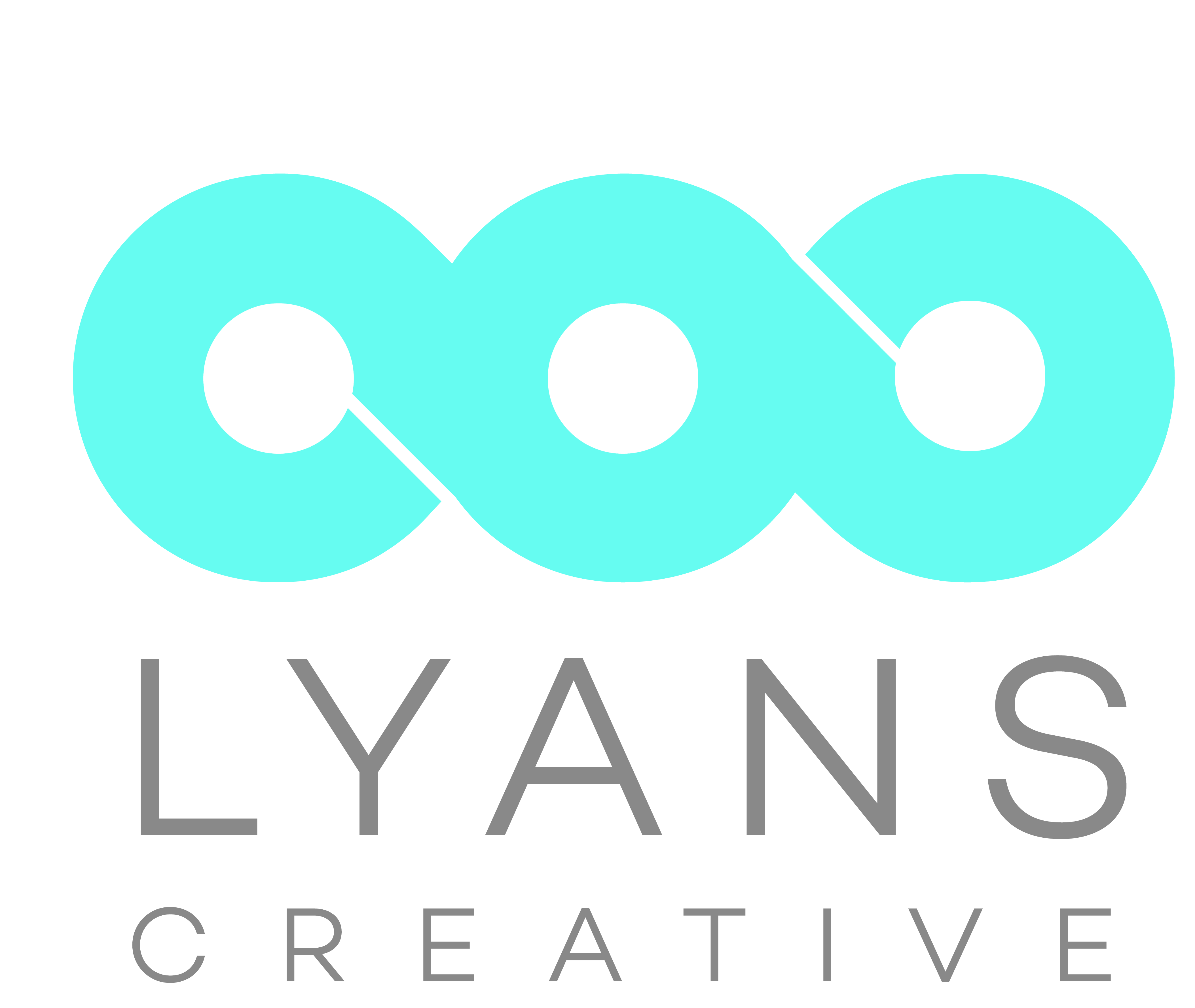Know Your Audience Better
Any brand's success hinges on its understanding of its target market. It's what fuels successful marketing initiatives, boosts brand equity, and boosts a company's bottom line. One of the most crucial components of creating good content is knowing who will be reading it: your intended or likely audience.
However, "knowing" is not the final destination. It's going to be a journey. It's a never-ending cycle of evaluation, refining, and re-adjustment. A brand's performance will deteriorate at worst or stagnate at best if it does not revisit its target demographic on a frequent basis.
Knowing your audience comes down to answering a few straightforward questions:
1. Who are my customers and how to get in touch?
2. What products or services they require and how much will they pay?
4. How would my current or planned services assist them?
5. Who are the competitors for my target audience?
Prepare ahead of time.
First, conduct market research to ensure that the demographics you've chosen are appropriate for your brand and product. Don't limit yourself to the one demographic you imagined at the beginning; study about related niches and measure interest in your offering from a wider audience. You’d be able to make a few conclusive statements about your target audience.
Examine competitors.
Examine their brand, its voice, the marketing methods they employ, and the messaging they utilize in their advertisements. What methods are they employing? Why did they use this particular phrasing instead of something else? Even if your competitors don't know what they're doing, you can start noticing what doesn't work or what appears to be incorrect and why.
Make a customer persona.
Customer personas are a tried-and-true strategy utilized by companies all over the world to better understand their target audiences. You'll use this section to sketch up an overview of your ideal "target customer." This aids in the conceptualization and "talking to" of your typical target consumer and it's also a great way to bring your other team members up to speed.
Know customers on a personal level.
Take time to get to know your clients on a personal level when dealing with them one-on-one. What distinguishes them from other populations is the way they communicate. When they chat to you, what do they normally have on their minds? What draws them in, what scares them, what thrills them? Then you can start drawing generalizations that are useful.
Watch out for feedback and interactions.
When it comes to content marketing and social media, comments and engagements are crucial. Here, your goal is to keep track of how many people are responding to your work, how they're responding, and how frequently they're responding. You can use this data to figure out what kinds of content your audience enjoys and what kinds they don't.
Conduct surveys
Finally, the simplest method for learning more about your audience is questions. Creating and launching a survey is a simple process. You may then quantify the results and walk away with all the information you need. While you're going over your research findings, make a list of ideas for quick content pieces like blogs and short videos.
Finally, think about:
• How can you use content to address your audience's challenges and frustrations?
• How can you concentrate your efforts more on the things they enjoy or find useful?
• What language and vocabulary your audience appreciates the most?
• Which media do they like to interact with?
• Do they enjoy graphs and data? Do you have a lot of photos?
Focus content on the needs of your audience
Concentrate on topics that you know your audience frequently asks. Make a list of all the questions you have. Then sort them into categories ranging from beginner to expert. These inquiries can simply be transformed into interesting content.
Benefits should be shared.
Prioritize your audience's demands before focusing on your own. Content that focuses on the benefits your product or service could bring focuses on helping your audiences do something better, even without your support.
Create urgency
To help you write more urgently, use the infomercial model. Before an offer expires, consider using countdown timers on landing pages and growth hacks to improve the job you're already performing.
Make the CTA Clear.
Conversions are frequently blocked by unclear CTAs or a complete lack of CTAs. Tell readers to "like, share or comment” if you want them to. The CTA should be as plain and specific as possible.
It's not always easy to get to know your audience, but it's an essential step. It’s how you'll make sure you're publishing content that your audience enjoys and creating items or services that your buyer personas and target customers want. It’ll also assist you in converting these viewers into long-term, paying clients who will become committed brand champions.
If you want to learn more about how to better understand your audience in order to improve your content development, one of our experts can assist you. Go forth and work your hardest!



